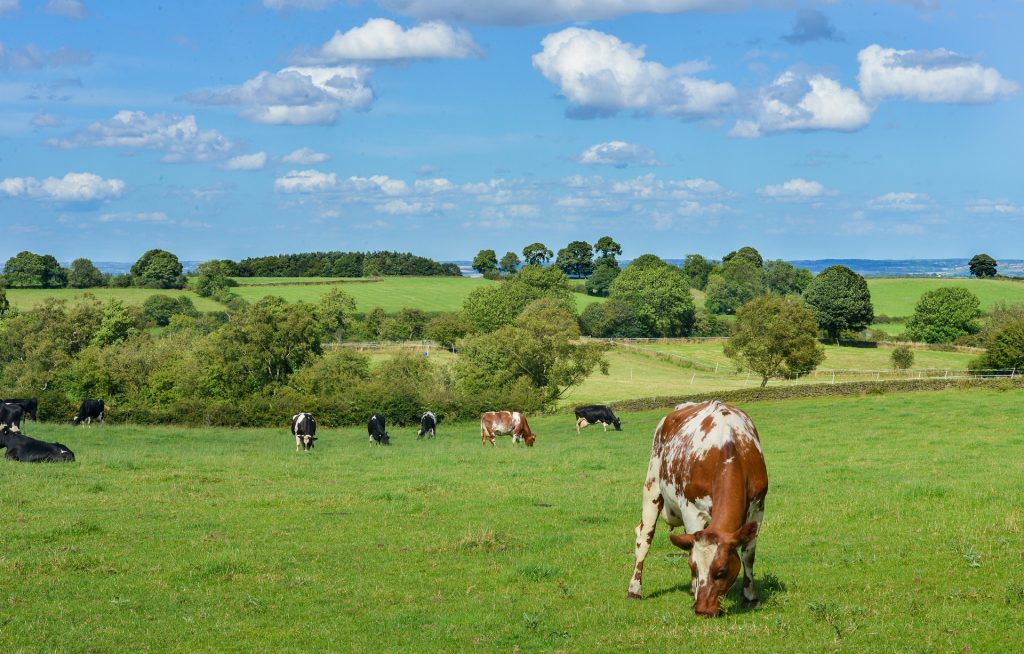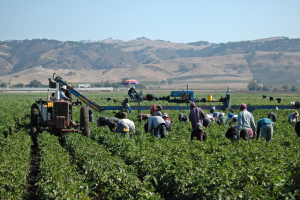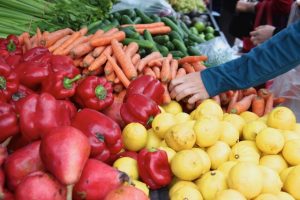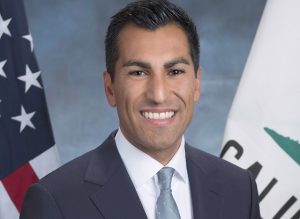
A Season of Change
April 12, 2023 Roots of ChangeSpring is a time of new beginnings. This spring is particularly full of new developments in the world of food and farming. I begin this post with a quote from USDA Secretary Tom Vilsack from his March 16, 2023 opening statement to the Senate Ag Committee, which has begun deliberating the next Farm Bill. No Secretary of the USDA has been so stark about the need to transform our food system. In fact, in his statement he uses the term “transform” or “transformation” ten times. Here is an extended excerpt from the top end of his remarks:
“We are at a pivotal moment for American agriculture and rural communities with a decision to make about if, and how, agriculture will meet the challenges of our time. One option is to maintain the status quo. This path leads towards too many producers, particularly small producers, struggling to cover their costs, too many rural communities languishing, and the outdated agricultural policies designed to address challenges of the 1930s and 1970s—that all too often reinforce systemic inequities. This path works for a few who have done what American agricultural economics has for too long required of them: to get big or get out. But there is another path, one that prompts us to recognize the undeniable challenges of climate change and the need for greater equity in our food system and recognize they are also opportunities to seize as we seek to adapt to a new course. This path draws on lessons from the COVID-19 pandemic, which exposed vulnerabilities at every point in our food supply chain – from the field to the factory to the grocery store – and compels us to take transformative action so that this vital system is more resilient, secure, and accessible to all.”
His words are music to my ears. These good words must be matched by deeds. There is evidence that they are. Changes on the ground on farms, ranches and rural communities require updating some production practices to move beyond just yield efficiency to include ecosystem services and healthy food access for the local community. The fact that farmers and ranchers are over subscribing the California and federal programs that aid farmers to adopt updated practices reveals the trend. There is an avalanche of demand.
Changes in processing infrastructure must provide many more and well-placed facilities that serve small and mid-size producers. CDFA and particularly USDA are focusing on meat processing in concrete ways. CDFA is rolling out implementation of AB 888, which passed in 2021 and will make harvesting of animals on the ranch or farm more financially viable. This will help our smallest producers who sell whole animals or herd-shares directly to consumers. USDA has invested over $3 billion in efforts to expand processing and supplies of meats and local products, much of which will come from regenerative farming and ranching operations.
Changes in food distribution, healthy food access and marketplace messaging are also evident. The federal and state investments to build food hubs, farm to school programs and provide nutrition incentives to low income families are clearly making a difference for both rural and urban communities. And farm to table restaurants and grocery retailer focus on regional products are mainstream now and intensifying consumer migration to the local, organic and regenerative farms and ranches.
Building from pioneering work by Health Care Without Harm, Community Alliance with Family Farmers and UC Davis Medical Center, ROC is working to scale up the sales of grassfed, regenerative and regional meats to campuses and hospitals. Our USDA-funded effort is gaining substantial steam. Nearly 100 producers, several processors, investors and some amazing chefs are collaborating as we build the system, (learn about a key participant, Cliff Pollard of CreamCo, in our latest podcast). Watch for upcoming announcements about how you can celebrate in Sacramento many of California’s regional regenerative producers in June.
With our partners in the Food and Farm Resilience Coalition we are advancing AB 408 (author Lori D. Wilson). The bill has made it through its first two committees of the Assembly. It proposes a bond measure for the 2024 ballot that if passed would provide California with $3.4 billion to make transformative investments in four areas: regional food system infrastructure, farmworker health and wellbeing, climate friendly healthy food access and sustainable agriculture. Such an investment within the state, coupled with federal programs, will increase the flow of private capital and cement the efforts to transform the system.
Not since the Dust Bowl and Great Depression has there been a better time to build a new food system, one that diversifies viable scales of production; distributes processing more equitably and intelligently across the landscape and makes available to everyone, no matter their income or age, healthy food that comes from farms, ranches and companies helping to solve many ecological, social and economic challenges. I feel change in the air, and it feels good.
Photo credit: stokpic/Pixabay
AB408, bond measure, farm bill, Food and Farm Resilience Coalition, regenerative meat, regional meat, Tom Vilsack


